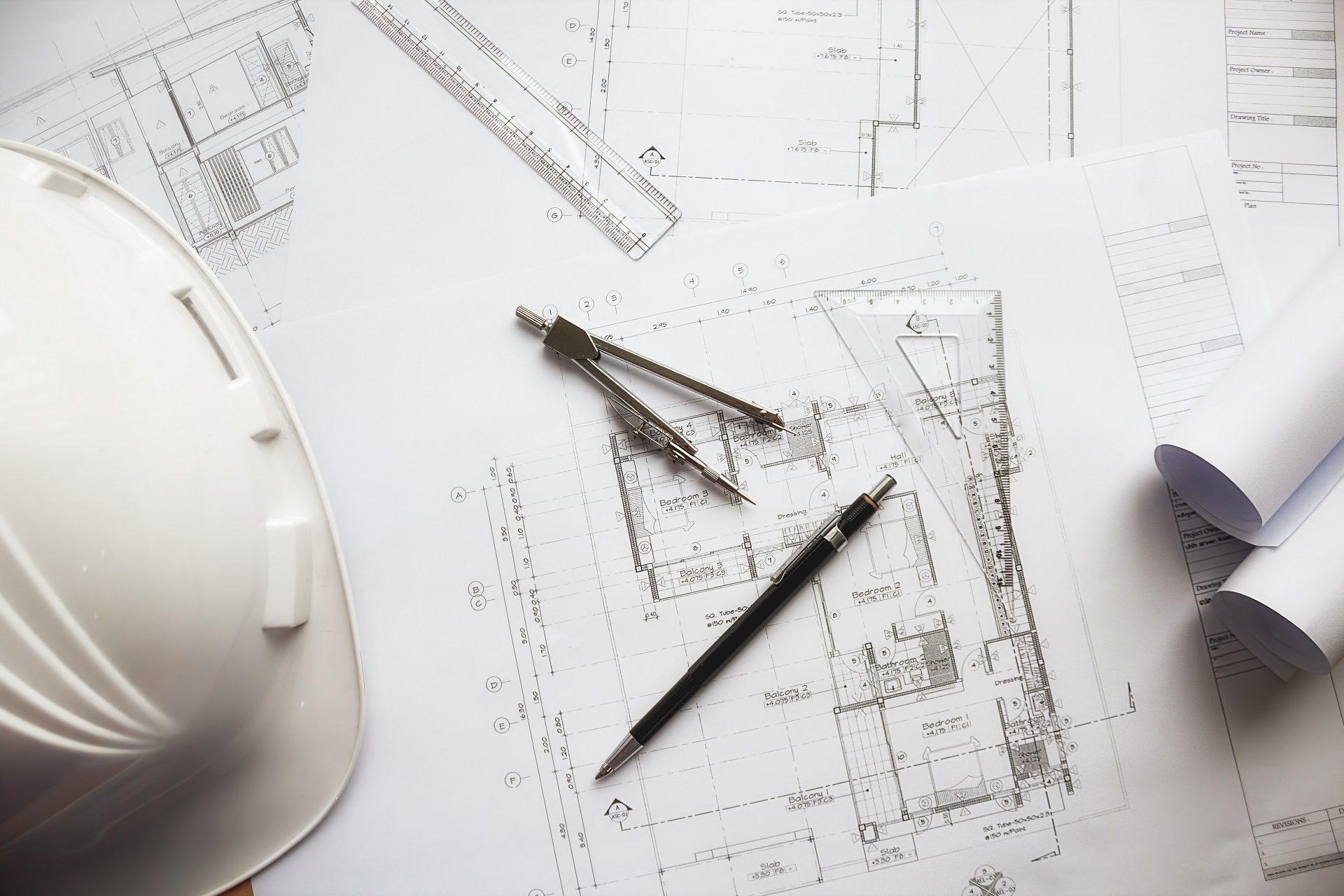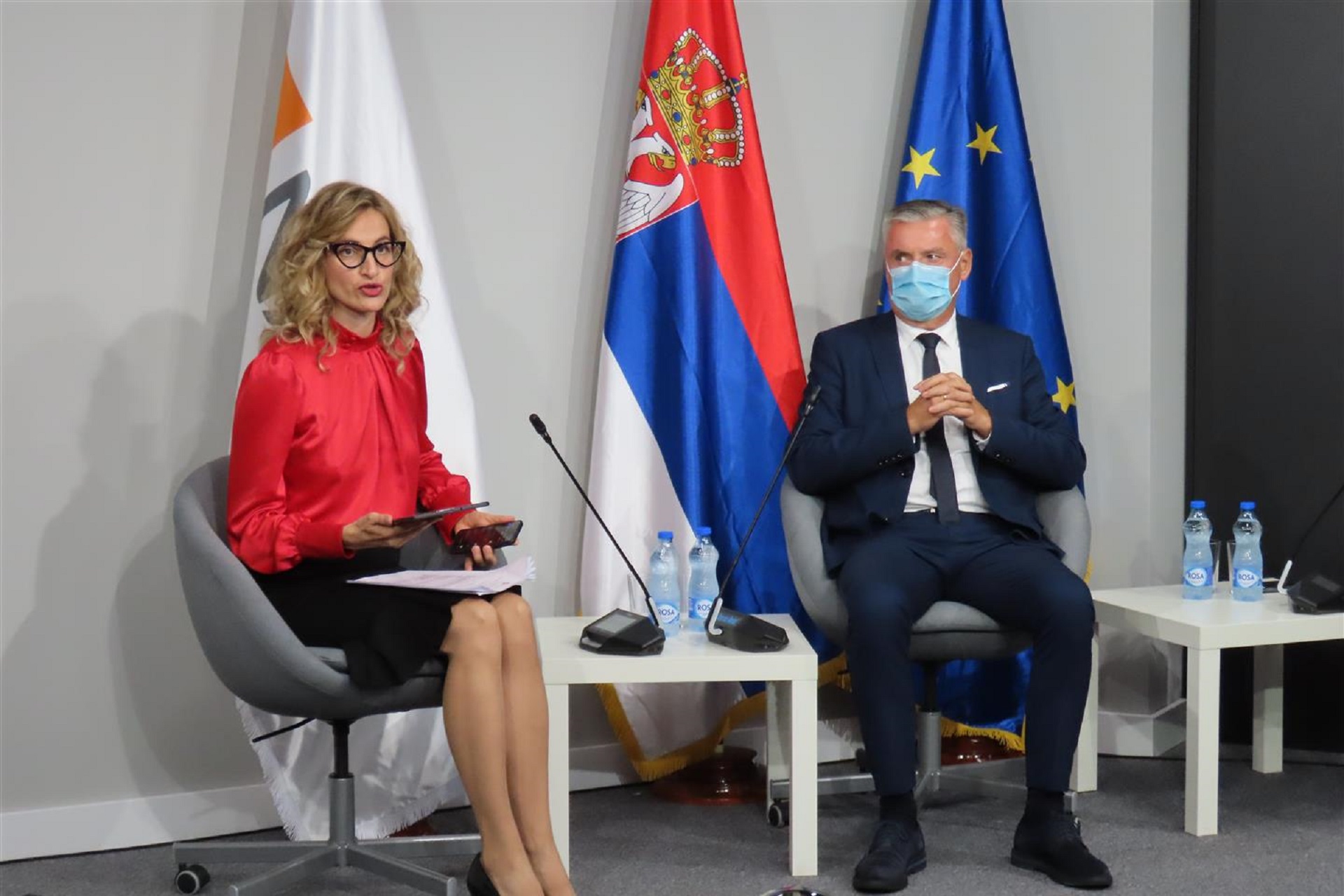Cities and municipalities legalize an average of 300 houses and apartments per year
If a "profile" of the average local government were made from the point of view of solving illegal construction, it would look gloomy: out of 100 employees, only six of them are engaged in the legalization of illegal buildings. 7,000 cases are waiting to be processed, while they manage to process only about 300 a year. At that pace, the legalization process would take decades.
The numbers are part of NALED’s latest Analysis of the procedure of legalization of facilities in Serbia, and they clearly illustrate that the number of employees working on these jobs is not enough to complete the legalization within the legal deadline by 2023 and that cities and municipalities need support.
- The average city or municipality manages to legalize only 24 facilities in a month because there are more than 1,100 active cases per employee. Despite that, the number of resolved cases since the new law was passed in 2015 is not small. Nearly 225,000 owners have so far legalized their facilities. However, we have to speed up the process, new cases are constantly arriving, considering that illegal construction has not stopped - says Dejan Vukovic, Vice President of the Property and Investment Alliance in NALED and founder and leading partner in the law office "Vukovic and Partners".
He states, referring to the analysis, that in almost 70% of cases construction without a permit was discovered by observing the object on satellite images of the cadastre. Only one in five cases arise because the owners themselves decide to report illegal construction and submit a request for legalization, while about 6% of cases are created only after the decision on demolition has been made.
Only 38% of local governments have special departments dealing with legalization, and staff shortages are only a part of the problem. They also need help in material capacities, considering that two-thirds do not have special software through which they carry out the legalization procedure.
It is interesting that only 5% of municipalities see the lack of employees as the main reason for a large number of unresolved cases. Problems are much more seen in unresolved property-legal relations (38.2% of answers), lack of interest among owners (19.6%), and the list also includes high costs of proceedings (18.6%), as well as too much paperwork and complicated regulations (10%).
- This tells us that there is room for improvement in several places. Local governments point out that they could speed up the resolving of cases if they find a way to hire more people for legalization, and the digitalization of procedures would also help. When it comes to the reluctance of the owners to report and legalize the illegal facility, it is possible to stimulate them by reducing the amount of fees, as well as the volume of the prescribed technical documentation - says Vukovic.
NALED’s research was conducted based on a survey, which included 105 responses from local governments. The majority of respondents involved municipalities (80%), particularly those from the region of Sumadija and Western Serbia (43%), while 36% are from Southern and Eastern Serbia.



